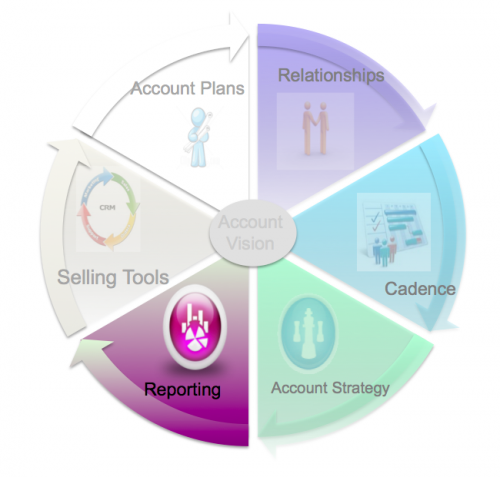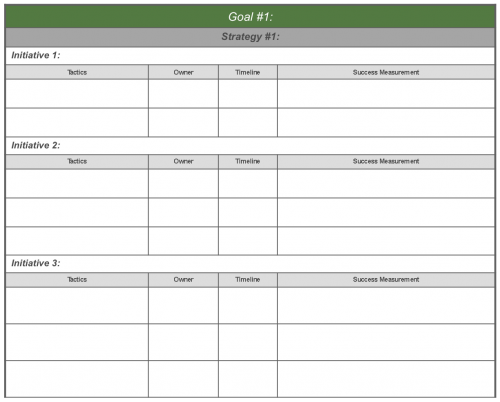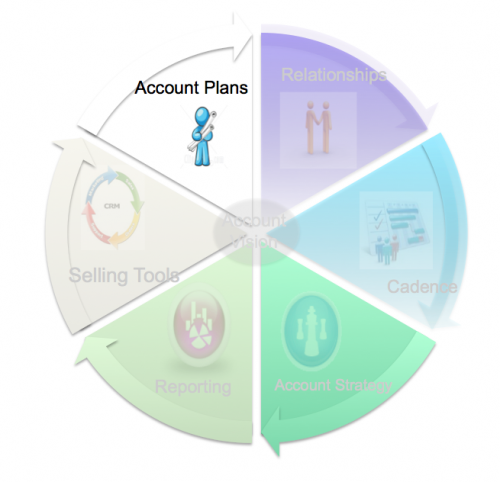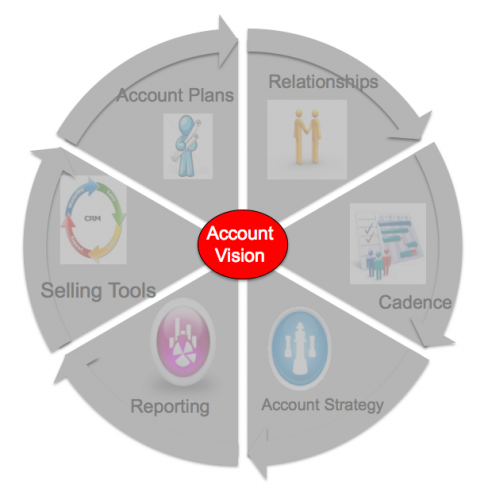There has always been a lot of discussion about which is the best approach to sales team development; activity based management or results based management. I’m a 100% in the results based management camp. I don’t believe there is only one way to get something done or to improve a sales persons selling skills. Activity based management narrows the approach, because the activities being managed come from the top and don't rely on selling skills. Activity based management relies on compliance. The approach is defined and then everyone has to follow it. It assumes there is only one way to get something done and that you’re doing it.
Activity based management is stifling. It removes creativity from the process. It removes ownership and employees end up feeling like cogs in a wheel and not true contributors.
Results based management however, gives people the ability to approach a problem the way they see fit. If going to networking events and social media is a better lead generator for you than cold calling, then network away. I’m not going to tell you how to get your results. Get the results however you need to. What I like about results based management is it embraces peoples unique perspective on solving the problem and getting the desired results. It gives them freedom. The military calls this commanders intent.
In my opinion, results based management is a far better approach than activity based management. But, what happens when the results aren’t there? What happens when someone isn’t getting the results? That’s were the “freedom box” comes in.

I created the “freedom box” several years ago. It represents how much freedom I give someone when they are making their numbers or the results. If the results are there then the employee has all the freedom they want. They can do anything they feel is necessary to be successful. The only things outside the big box are unethical things or things that could bring down the team. Other than that, the box is pretty big with lots of options. They have lots of freedom.
However, if results start to suffer. If the numbers aren’t there, if the employee is having trouble getting the expected results, the box starts to shrink.

When the box shrinks, there is less freedom. More things are outside of the box. If it’s outside of the box, it’s not an option for them. I remove the freedom to do unproven or overly unique and creative things. They are now outside of the box. We move towards the basics. When the box shrinks, I spend more time challenging approaches. I ask more questions. I demand more metrics and status updates. The employee still has the freedom to determine their own path, just not as much. Despite the smaller box, activities are still not managed only monitored for results.
If overtime, results are still not achieved and progress isn’t made the box get’s even smaller.

When the box gets this small almost all freedom is gone. Almost everything is outside of the box. Focus is on fundamentals and proven methodologies. The employee has a limited time to turn things around. We develop a plan on how they are going to get the results. The plan is reviewed regularly and more approval is required. There is heavy engagement between the employee and management. Results have to be present quickly. Despite the lack of freedom, there is little activity management. There is some, but it is often in the form of collaboration.
If results are still not achieved, a good fit is lacking and we agree to part ways. What I don’t start doing is manage their activity. Activity based management doesn’t work in sales. If you have to manage activity you have the wrong people. Good people know how to get the job done. They know what works for them and what it takes to get the results. If your employees have to rely on you, your direction and your approach to be successful you don’t have employees, you have drones and drones are only as good as the process they are programmed to execute. Too much changes too quickly to rely on drones.
Provide the direction, let folks now the expected results, then give them all the freedom and tools they need to get the job done. If the results don’t show up, shrink the box, but don’t tell them how to do it. Once you’re telling people how to do it, it’s over, just get a new employee or do it yourself.
- Do you have your version of the freedom box?
- How much freedom do you give your team to get results?














-resized-600.jpg)